Sox & Martin 1968 Plymouth Barracuda
Story and Photos By Steve Temple
It was an incredible convergence of man and machine, a rare moment in history when one of the most talented drivers in drag racing manned the wheel of one of the most successful race cars ever built. When Ronnie Sox, master of the four-speed, grabbed the shifter of the Sox & Martin 1968 Plymouth Hemi Cuda, they cleaned house. He was arguably the most gifted four-speed driver in the history of drag racing, winning the NHRA Spring Nationals Super Stock title five times (1967-71), the 1968 Nationals, and the 1969 Nationals, among many other victories. His weapon of choice on the strip in 1968 was the Hemi Cuda, empowering him to reach the pinnacle of his Super Stock career.
While he is no longer with us, his beloved wife, Diane, and partner, Buddy Martin, have preserved his memory in a well-crafted tribute car, patterned after one of the most famous race cars driven by Ronnie Sox. In homage to both man and machine, the ’68 Cuda shown here started out as a muscle car project for a friend of Greg Fernald. His firm, SS and AFX, is well known for restoring and modifying vintage Mopars to period drag strip specs.
This enthusiasm for the strip led to the ’68 Hemi Cuda project. When Fernald’s buddy ran out of funding, he willingly picked up the torch. Then Dr. Ralph Carungi heard of the car, and wanted it for himself. The buildup of the car required a number of meticulous modifications to match the original Hurst cars as closely as possible.
First Fernald completely disassembled it, and dipped and stripped the body. Meanwhile, he stiffened the frame to handle the prodigious torque of the Hemi. He also reinforced and relocated the rear spring mounts inboard three inches, and replaced the springs with Super Stock leaves.
Enlarging the rear wheelwells wasn’t needed, since they were already wide enough for big meats. Early versions of the Hurst cars used the 8 3/4-inch diff, but it proved unequal to the task, so stronger Dana 60 was used later on, and that’s what was chosen instead.
Up front, Fernald installed disc brakes, and swapped out the fenders and hood with competition-grade fiberglass pieces. Since the Cuda was originally a small-block car, fitting in a 426 Hemi required new engine mounts, a special K-frame and massaging of the passenger-side shock tower.
Inside the cockpit, Fernald fitted in lightweight buckets from a Dodge A-100 van, along with aluminum racing brackets, just like on the original. He also deleted the heater and radio. Even though the side windows have lighter-weight glass instead of the ultralight Corning’s Chemcor, he removed the crank mechanism and used seatbelt straps on the doors for raising and lowering them, just like on the original-style factory Super Stocks. For the side-mirror delete, he fabricated a custom plate by hand.
The 426 Hemi engine has wide, deep-groove pulleys and a magnesium cross-ram, dual four-barrel carbs, and is also cooled by a high-efficiency radiator. A couple of differences in the drivetrain are evident, for the sake of improved driveability. The car has a TorqueFlite automatic, instead of Sox’s preferred A833 four-speed. And it’s also fitted with a Gear Vendors gear splitter, which enables the vehicle to be driven on the street, either with a manual or automatic transmission.
In such a faithful reproduction as the Sox & Martin Cuda, it is important to retain originality, so it has a 4.56 rear diff to hit the 10s at the strip, but needs overdrive for driving in town. The Gear Vendors unit provides an ideal solution, because it doesn’t require changing the period-correct transmission that was a big part of the legend. When engaged, the gear splitter drops the engine revs just like a 3.55 rear end, letting the car cruise at a reasonable rpm.
After the exterior of the ’68 Hemi Cuda was finished off with several coats of bright orange paint, the good doctor not only went tooling around town, but also tearing up the local tracks. Eventually he decided to get into road racing, and sold the Hemi Cuda to car collector Bill Sefton. He sought and received approval from Buddy Martin and Diane Sox to take the Hemi Cuda to the next level, dressing it in the original paint and Sox & Martin racing livery. The final result is highly authentic and displays a remarkable level of accuracy, thanks to assistance from Jim Rhinehart (a national show judge for Mopar A-bodies), among other experts.
Reproducing the graphics became a significant challenge. Converting the car to battle-dress required painting with a secret custom mix known only to Buddy Martin and a few other key people.
Fortunately, Phil Painter’s original BO29 Sox & Martin Super Stock ’68 Hemi Cuda happened to be available nearby. Parking it right next to Sefton’s Cuda made matching the paint and graphics a simpler and more accurate procedure than working off photos — but still not without a few hurdles.
Gregg Bahrke of Limelight Graphics, an old-school sign painter, who by chance was a huge Sox & Martin fan as a youngster, was tapped for the job. He scoured the country to obtain authentic, period-correct sponsor graphics. “I could only get three of the decals out of the original 14, and those were wrong,” he says. Since these facsimiles were not up to the quality and colors of the originals, he took digital pictures of Painter’s car and spent many hours on a computer to recreate them with meticulous accuracy. This would prove to be one of the highlights of his career in handling automotive graphics, an arcane and rare skill. “I’ve dealt with some heavy hitters, but this one was a notch or two up,” he notes.
Some people say that we can’t go home again, that the passing of time prevents us from ever being able to revisit our roots. Yet reviving the Sox & Martin name, along with its renowned standards of high performance, creates a connection with historically important Mopars. Actually, you can home again in this Cuda — and you might experience something even better.

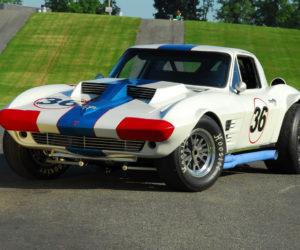
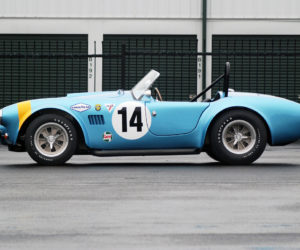
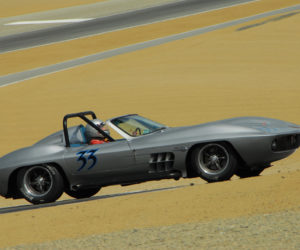
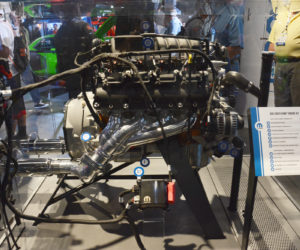
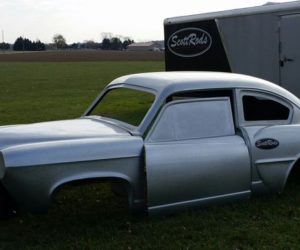
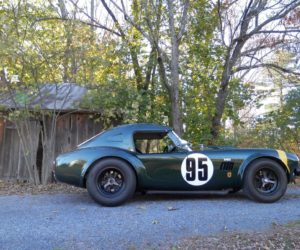




Comments for: The Avatar
comments powered by Disqus